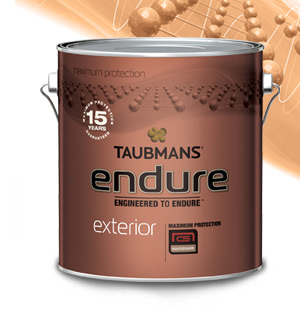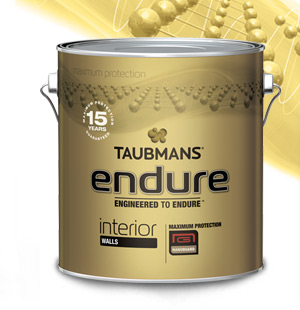The Block is back, and this year they are sprucing up their spaces exclusively with Taubmans Endure Interior and Exterior paints. So what’s so good about this new technology paint?
Exterior
Most people think it's the weather that breaks down exterior paint. It's actually dirt and pollution that works its way into the surface of the paint, weakens it, and then the sun, wind and rain finish it off.
Taubmans Endure Exterior is engineered with Nanoguard that creates an interlocking molecular structure so dirt is less likely to stick and surfaces are easier to clean. It's tough, repels dirt and resists the elements such as baking heat from the sun, howling rain, and even snow.
Interior
Hallways, lounge and living room walls are amongst the busiest areas of any home, and as a result are susceptible to collecting dirt, dust, grease and finger marks. It is important that these surfaces can stand up to constant wiping, especially if you have little ones.
Taubmans Endure Interior is engineered with Nanoguard. It has an interlocking molecular structure that works to create a protective shield, so stains can be wiped away without compromising the quality of the paint or damaging the finish on your walls. It provides excellent mould and mildew protection throughout the life of the paint so you will have a cleaner and healthier home environment.
Robin Ottowa is fully accredited as a Taubmans Texture Applicator by the Taubmans Paint Academy


